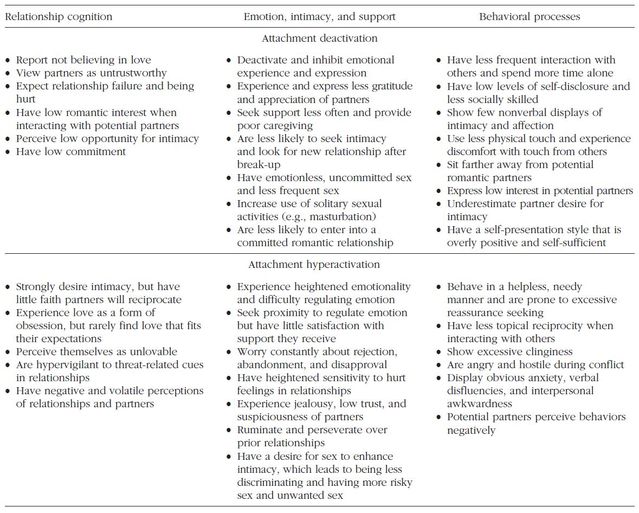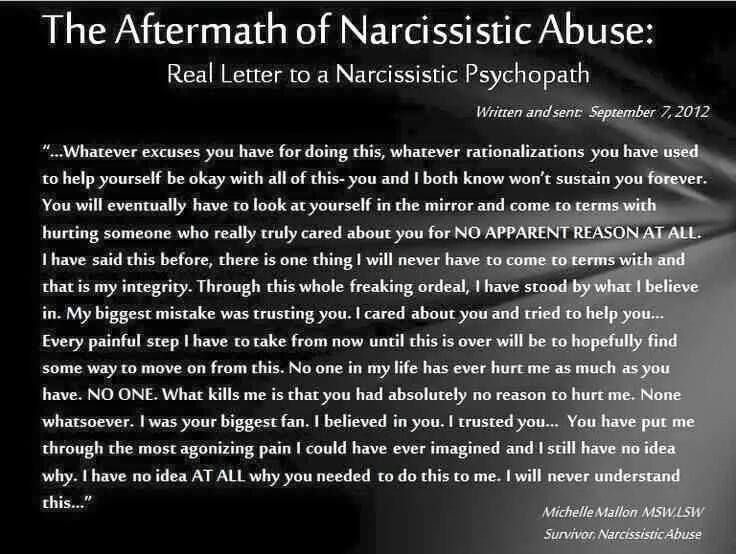Treatment of dyscalculia
Accommodations for School and Work
Dyscalculia is a learning disability that affects an individual’s ability to perform and make sense of mathematics, from counting numbers to memorizing tables and far beyond. It’s a lifelong disorder that can be diagnosed at virtually any age but is typically first recognized in childhood. As with other learning disabilities, dyscalculia is not treated with medication. Rather, specialized learning strategies and strategic accommodations are used to help children and adults with the condition compensate for difficulties and approach math confidently.
The long-range goal of any treatment strategy is straightforward: teach calculation techniques and bolster the reasoning skills needed to solve math problems. In the short-term, however, treatment should focus on removing obstacles to learning and making math easier to use quickly and accurately.
Academic Interventions for Dyscalculia
Teachers and schools can provide the following classroom accommodations to support struggling students with dyscalculia:
– Allow extra time on tests. Children with dyscalculia often feel rushed during standard-length math tests. If possible, avoid timed tests of basic facts like multiplication tables, as this can be a roadblock.
– Provide frequent checks during classwork. It is frustrating for a student to finish an entire worksheet, only to be told that every answer is wrong and he’ll need to do it again. Instead, teachers should check after every few problems. This way, a child can learn from mistakes and feel bolstered by a sense of improvement.
[Take This Test: Dyscalculia in Children]
– List the steps for multi-step problems and algorithms. Post clearly numbered step-by-step instructions on the board, or give your student a copy she can keep at her desk.
– Keep sample problems on the board. Students should also copy down examples in a notebook for reference.
– Give students individual dry-erase boards to use at their desks. With this tool, students can complete one step of a problem at a time, erasing any mistakes they may make.
– Use plenty of brightly colored, uncluttered reference charts and diagrams. Children with dyscalculia benefit from visual representations of math problems.
– Whenever possible, allow calculator use. When testing concepts more complex than addition or subtraction, allow students to use calculators to make basic steps quicker and more accessible. Then, a student can focus on demonstrating what she knows — not how well she can add in her head.
– Reduce the number of assigned problems. Assigning 10 problems, rather than a full page, is enough to assess a student’s understanding.
[Take This Test: Do You Have Dyscalculia?]
At-Home Interventions for Dyscalculia
The prospect of practicing math skills is sometimes daunting and challenging for parents, especially if you never felt like a math whiz yourself. But you don’t need to teach your child calculus; you can help him build math skills and gain confidence with simple everyday exercises, including:
– Point out math wherever you can.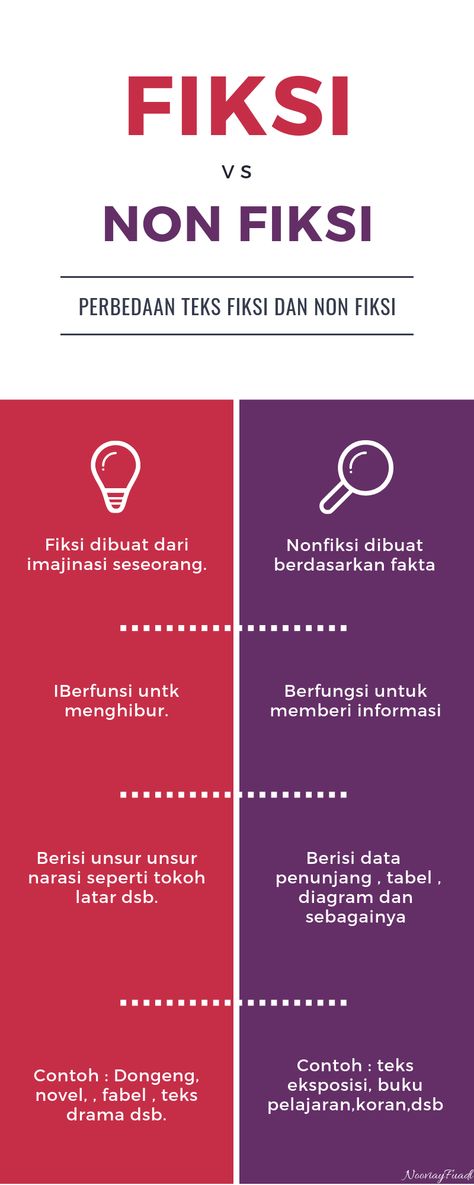 In small, everyday ways, build in your child a sense of how numbers and equations apply to her life. When you go grocery shopping, talk about how much change you’ll get back at checkout, or how many apples you’ll need for the week’s lunches. As she gains confidence, your child can help you plan recipes, create simple budgets, or match socks when you’re doing laundry — all of which will strengthen her number sense and visual-spatial skills.
In small, everyday ways, build in your child a sense of how numbers and equations apply to her life. When you go grocery shopping, talk about how much change you’ll get back at checkout, or how many apples you’ll need for the week’s lunches. As she gains confidence, your child can help you plan recipes, create simple budgets, or match socks when you’re doing laundry — all of which will strengthen her number sense and visual-spatial skills.
– Play math games. Lots of common board games — like Candyland, Sorry, and mancala — involve counting, simple arithmetic, and fine motor skills. Play these and other similar games with your child as often as you can to help him learn to use numbers in a fun and relaxing environment.
– Work with your child on managing time. A lot of children with dyscalculia struggle to recognize how much time has passed or when they should move on to the next activity. Talk to your child about these challenges, and set up a system to help her improve her sense of time. Common strategies include cell-phone reminders, visual timers (like the Time Timer), or allowing your child to take frequent breaks during homework time.
Common strategies include cell-phone reminders, visual timers (like the Time Timer), or allowing your child to take frequent breaks during homework time.
– Help with homework. Multi-part math problems can seem daunting for children with dyscalculia, and without help, your child may be unsure where to start or what steps to follow. Lend a hand by breaking math homework into chunks for your child, or by doing a few problems together so he gets a sense of the required steps. Allow your child to use a calculator whenever possible, to reduce the amount of math he needs to do in his head.
– Be understanding. Learn as much as you can about your child’s condition, and help him understand that his math-related challenges do not mean he’s “stupid” or “lazy.” Give positive encouragement whenever you can, and try not to get frustrated if your child is struggling with a basic concept — if he senses you’re upset, it will only make him more nervous and unwilling to practice. Praising him for his effort — as well as patiently guiding him through obstacles — will help him feel more confident and willing to tackle new concepts.
Praising him for his effort — as well as patiently guiding him through obstacles — will help him feel more confident and willing to tackle new concepts.
Workplace Interventions for Dyscalculia
If your dyscalculia was undiagnosed until adulthood, it’s possible that you’ve gravitated toward a career that doesn’t involve much math. But no matter how little (or how much) math you are required to do on a daily basis, simple accommodations can help you manage it and perform your job to the best of your ability. Some ideas include:
– Get a calculator. If you struggle to add, subtract, or multiply in your head, ask if you can keep a calculator at your desk to help save time. If your job requires more complex calculations, request a graphing or scientific calculator.
– Use scratch paper. Use scratch paper during meetings so you can work out math problems as they come up.
– Post tables and charts prominently. If multiplication is necessary for your job, for example, post a multiplication table near your work area.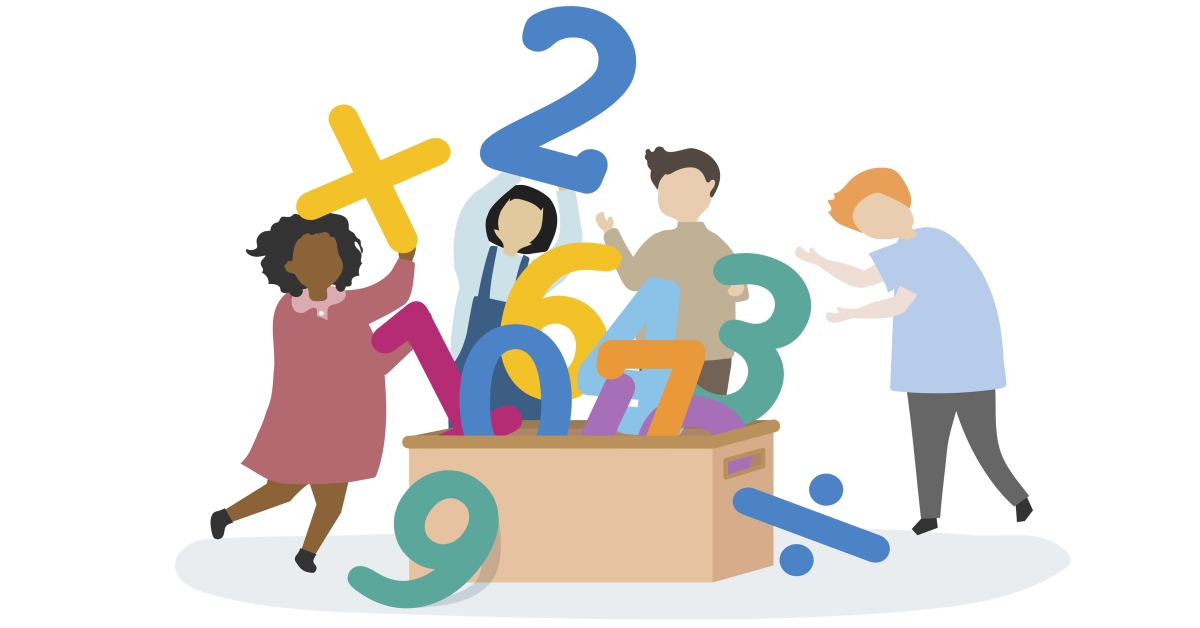 If your job requires conversions of measures, have a table with common conversion formulas in the common workspace.
If your job requires conversions of measures, have a table with common conversion formulas in the common workspace.
– Use jigs or pre-measurement guides. Some work requires the use of machinery or equipment. In these cases, request that tools like jigs be used to help guide your work or help you measure more accurately.
– Make use of planning technology. Dyscalculia can make it difficult to plan your day or know when to transition to the next activity. Time management tools, like cellphone alarms, can help you keep track of time while you’re working.
Since math is so prevalent in day-to-day life, a diagnosis of dyscalculia is never easy. But with the right accommodations — and a little understanding from parents, teachers, and supervisors — children and adults alike can build confidence in math and find the areas in which they thrive.
[Read This Next: Developmental Dyscalculia: A New Understanding of Early Warning Signs]
Previous Article Next Article
Dyscalculia Treatment for Children | Understood
Whether you know your child has dyscalculia, or you think your child may have dyscalculia, there are ways to help.![]() Professionals both in and out of school can work with your child to build math skills, like number sense. And there are that can make it easier for your child to work at the same level as his classmates.
Professionals both in and out of school can work with your child to build math skills, like number sense. And there are that can make it easier for your child to work at the same level as his classmates.
There are no medications for dyscalculia. But medication can be a treatment for other issues, like (also known as ADD) and anxiety, that often co-occur with learning and thinking differences.
Learn about different strategies, supports, and therapies that can help kids with dyscalculia.
Instruction and Support for Kids With Dyscalculia
There are no formal programs for teaching struggling math students like there are for struggling readers. But that doesn’t mean these kids can’t benefit from specialized instruction, especially in grade school. Certain strategies and approaches can be helpful for some kids.
One is multisensory instruction. This teaching approach uses sight, touch, hearing and movement to give kids different ways to learn skills and understand concepts. Multisensory math techniques can help kids understand what the numbers and symbols represent. These techniques often teach math concepts in a logical way in which one skill builds on the next.
Multisensory math techniques can help kids understand what the numbers and symbols represent. These techniques often teach math concepts in a logical way in which one skill builds on the next.
Using objects to see quantities and how they change provides a concrete way of understanding how certain math concepts work. It can also help kids develop number sense and make stronger connections to what they’re learning.
It’s important to help kids connect concrete items to the symbols that represent them. In other words, teach them that the numeral 5 represents five blocks or five claps, or any other multisensory tool.
Schools might use this type of instruction as part of . They also might use it as part of educational intervention like RTI. Some private math tutors or educational therapists might use these techniques, as well.
Specialized instruction isn’t the only way to support kids with dyscalculia. There are a number of accommodations they might get through an or a .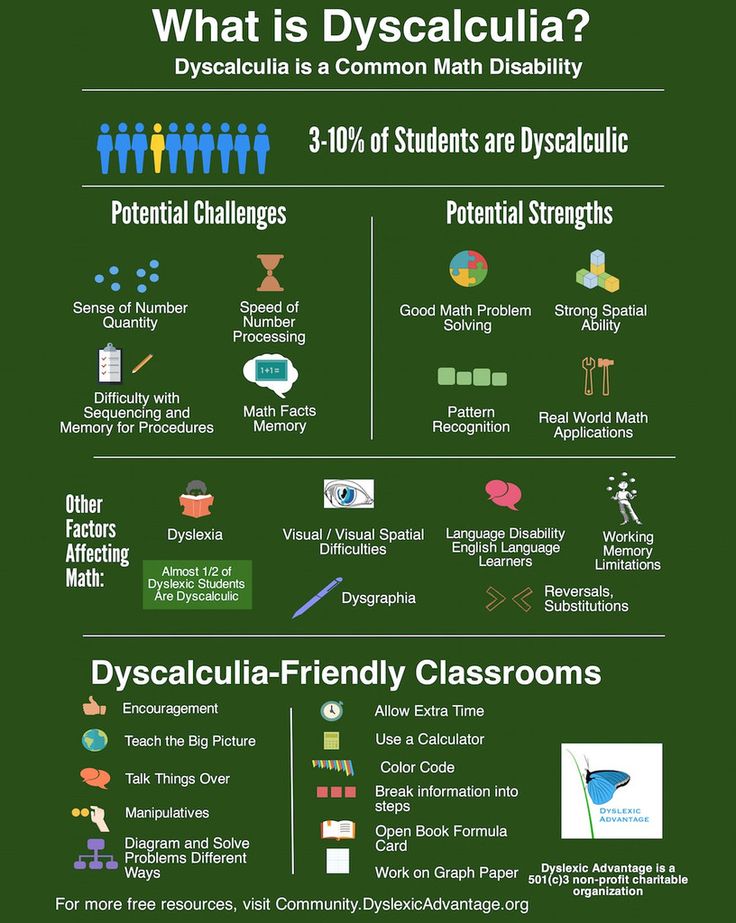 Extended time and use of a calculator on tests are just two examples. Kids might also be allowed to use manipulatives like blocks.
Extended time and use of a calculator on tests are just two examples. Kids might also be allowed to use manipulatives like blocks.
Assistive technology can also help. There are many AT tools for math that kids can use at school and at home. These include graphing tools, math notation tools and graphic organizers for math. There are also apps that work on basic number concepts.
Treatment for Co-Occurring Issues
Many kids with dyscalculia also have other learning and thinking differences. Two that commonly co-occur are ADHD and .
Treatment for ADHD or for dyslexia won’t necessarily improve math skills. But it can help with other difficulties that may be having an impact.
For instance, trouble with focus and self-control can make it hard for struggling math students to work on their challenges. Reducing ADHD symptoms through medication and behavior therapy might help. (These medicines won’t help kids who don’t have ADHD).
Kids who have dyscalculia often have dyslexia as well. In fact, it’s estimated that 43 to 65 percent of kids who have math issues also have reading issues. For those kids, improving reading skills can make a big difference in their ability to do math work. That’s especially true for word problems.
In fact, it’s estimated that 43 to 65 percent of kids who have math issues also have reading issues. For those kids, improving reading skills can make a big difference in their ability to do math work. That’s especially true for word problems.
It’s important for struggling math learners to have a full evaluation for learning differences. That’s the only way to see if they have dyscalculia, along with other learning differences, such as dyslexia. Different learning differences require different types of instruction. So when kids have more than one issue, it's important to have each issue addressed separately.
Ways to Help With Dyscalculia at Home
There are many ways you can help your child build math skills at home. Some can be worked into afterschool or weekend activities. You can even help your child learn while having fun playing board games that can help build math skills.
For more ways to help, check out apps, Chrome tools and software for math. Download a dyscalculia fact sheet to give to teachers, friends and family members so they can learn more about your child’s challenges. And read how a young adult manages anxiety that comes from her dyscalculia.
And read how a young adult manages anxiety that comes from her dyscalculia.
Key takeaways
There are no medications that treat dyscalculia, but there are lots of ways to help kids with this math issue succeed.
Multisensory instruction can help kids with dyscalculia understand math concepts.
Accommodations, like using manipulatives, and assistive technology can also help kids with dyscalculia.
Dyscalculia - treatment, symptoms, causes of the disease, first signs
Dyscalculia - treatment, symptoms, causes of the disease, first signsHome
Disease Guide
Discalculum
Description
- Description
- Symptoms
- Diagnostics
- Medicines
- who treat
- Where to treat
- Where
Published: March 18, 2021Time to read: 7 minutesComments
Author
Description
Dyscalculia is a violation of the ability to learn arithmetic with normal intelligence.
 According to ICD-10, it has the code F81.2. It is manifested by an inability to recognize digital characters, difficulties in addition, subtraction, multiplication and division. Combined with the belated appearance of the ability to estimate the size of objects and recognize geometric shapes. Accompanied by a backlog from the school curriculum.
According to ICD-10, it has the code F81.2. It is manifested by an inability to recognize digital characters, difficulties in addition, subtraction, multiplication and division. Combined with the belated appearance of the ability to estimate the size of objects and recognize geometric shapes. Accompanied by a backlog from the school curriculum. Dyscalculia must be distinguished from acalculia, a secondary loss of the ability to work with numbers in children and adults after a severe TBI, tumor, or cerebral hemorrhage. Dyscalculia is found in childhood during the period of teaching the child to count; it belongs to the category of developmental learning disorders. In varying degrees, it is detected in 6% of children, it is equally common in patients of both sexes. Often combined with attention deficit, dyslexia.
Causes of development
Counting disorders are caused by genetic, psychological or organic causes. In practice, most children have a combination of several factors.
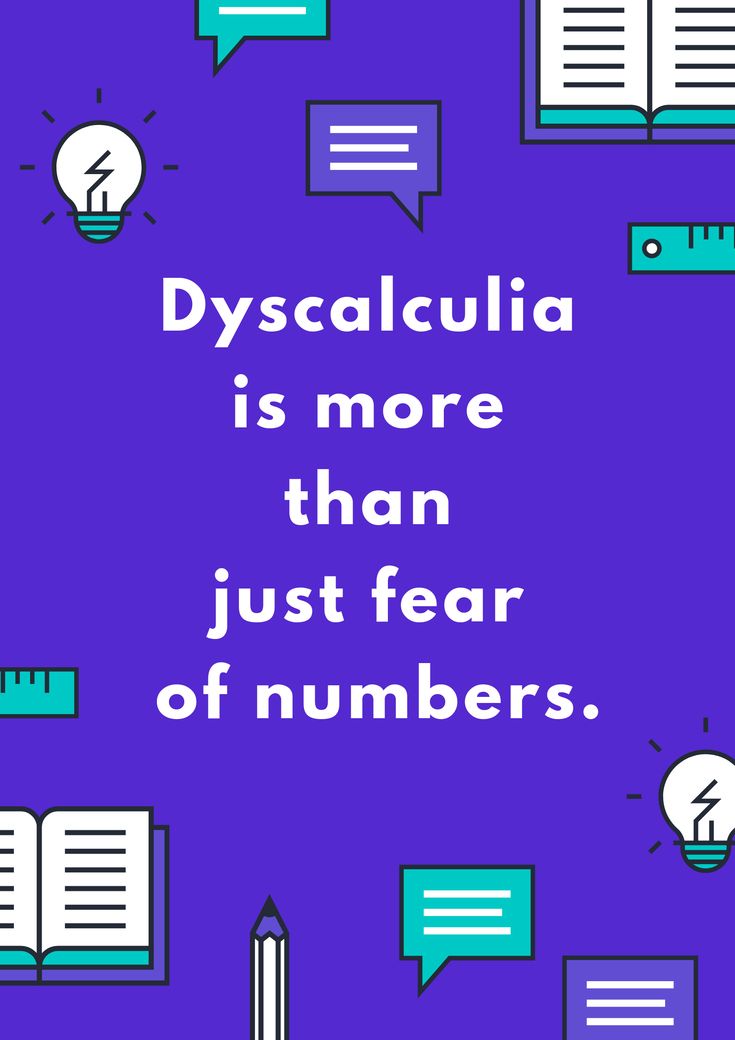
- Hereditary burden . Children often have a parent or close relative who also has dyscalculia. The genetic basis of the disorder has not yet been established.
- Negative learning experience . Difficulties in counting arise under the influence of excessive or age-inappropriate requirements, too severe punishment for mistakes, difficulties in the relationship between the child and the parent or teacher.
- General psychological factors . Dyscalculia often develops in children from dysfunctional families, it is formed against the background of family physical or emotional abuse, overprotection, inconsistent or rigidly authoritarian upbringing.
- Organic brain lesions . The cause of dysfunction of brain structures in dyscalculia of organic origin are intrauterine infections, intoxication of the mother during childbearing, complications during gestation and childbirth.
Pathogenesis
At the initial stage of learning, an important role in the development of organic dyscalculia is played by dysfunction of the intramenal sulcus of the parietal lobe.
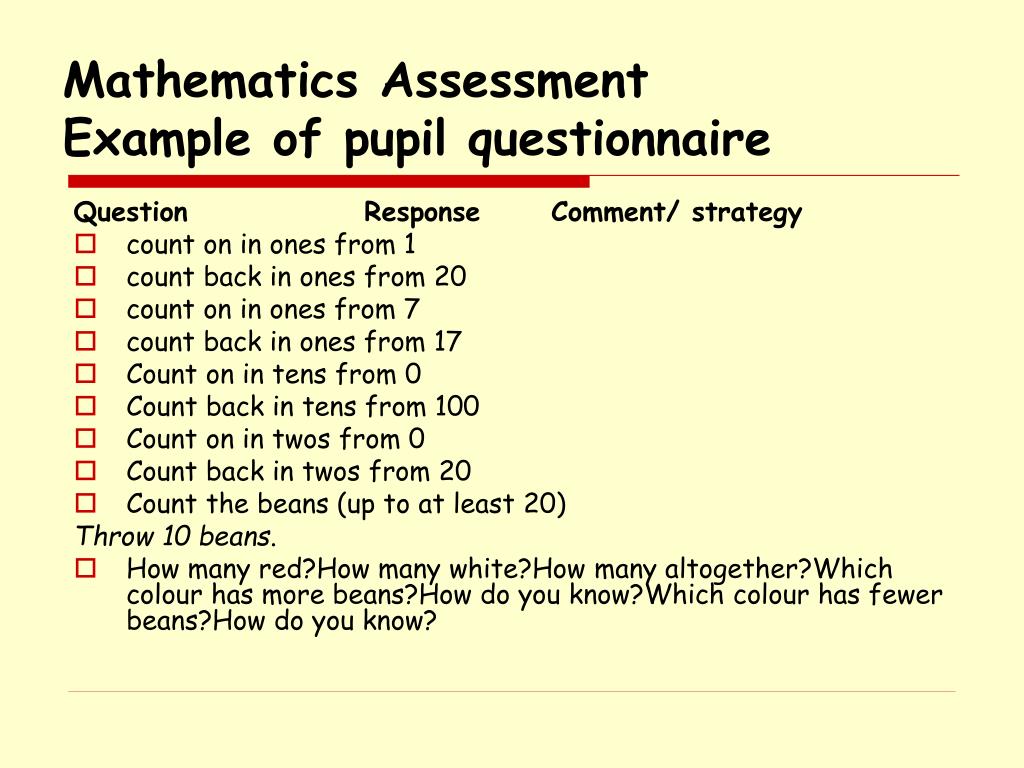 Subsequently, damage to the posterior associative cortex, frontal lobes, and subcortical regions, as well as deterioration of interhemispheric interactions, become obstacles to learning to count. Psychogenic learning difficulties occur with psychological neglect, fear of punishment, self-doubt.
Subsequently, damage to the posterior associative cortex, frontal lobes, and subcortical regions, as well as deterioration of interhemispheric interactions, become obstacles to learning to count. Psychogenic learning difficulties occur with psychological neglect, fear of punishment, self-doubt. Class
Taking into account the predominance of one or another type of disorders, 6 types of dyscalculia are distinguished:
- Lexical . The child learns arithmetic concepts well by ear, but has difficulty working with numbers, equations and examples when he sees them on paper.
- Verbal . The patient normally solves written tasks, but finds it difficult when trying to name mathematical categories or recognize them by ear.
- Graphic . The student successfully uses mathematical symbols in oral speech, but is lost when it is necessary to write them.
- Practical gnostic .
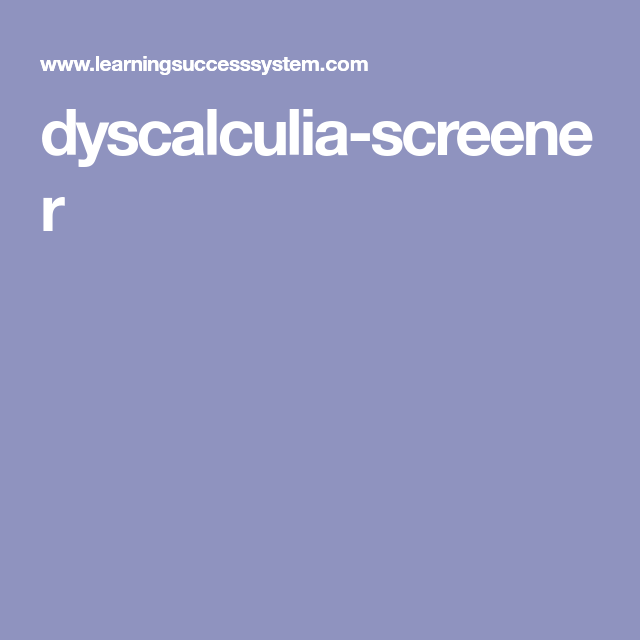 The child has difficulty in trying to translate concrete examples to the level of abstraction or abstraction to the level of concrete examples.
The child has difficulty in trying to translate concrete examples to the level of abstraction or abstraction to the level of concrete examples. - Ideognostic . The patient cannot do mathematical calculations in his mind. To solve, he needs a factual basis: the use of objects, drawing or writing data on paper.
- Operational . The symbolism suffers. The student successfully understands numbers, recognizes "more - less", but does not remember numbers and special characters well.
In practice, pure types of dyscalculia practically do not occur, mixed forms predominate.
Symptoms
Photo: mel.fm
The manifestations of dyscalculia are determined by the type of disorder and the age of the child. The first signs are found at preschool age, when the baby begins to comprehend the simplest arithmetic concepts. The clinical picture unfolds most clearly in the primary grades, since during this period children have to intensively master counting skills.
 In the absence of corrective measures, violations persist in high school and secondary school, and then are observed throughout life.
In the absence of corrective measures, violations persist in high school and secondary school, and then are observed throughout life. Preschool age
Children do not understand well what a number is, they cannot count within ten. It is difficult to compare the sizes of objects, for example, they find it difficult to choose a smaller ball. Unable to count objects of the same kind among heterogeneous objects, for example, apples in a basket with apples and oranges.
When trying to teach to recognize written numbers, the child cannot create a connection between the image and the verbal sound. In patients with dysgraphic dyscalculia, many errors occur when writing numbers, especially those that look like each other. Children confuse symbols, when writing they turn them upside down or in a mirror image.
Verbal dyscalculia is manifested by errors in recognizing similar-sounding numbers. The inability to plan and control actions with numbers is characterized by an inability to follow instructions, start counting from a certain number, or finish counting at a certain moment.

Primary school age
Children cannot remember plus and minus signs, greater than and less than. They do not understand how to write phrases used to compare numbers (for example, "less than"). For calculations, practical aids are used: sticks, fingers, pencils.
They cannot learn the multiplication table, the procedure for performing sequential mathematical operations. Some students read examples backwards, for example, in the “10-2 =” problem, ten is subtracted from two. They are lost when the appearance of the task changes (they cease to understand that this is the same example when numbers are written not in a line, but in a column).
Middle and senior school age
Pupils do not master exact sciences well. They do not understand what the essence of the task is, they cannot analyze the conditions, they forget information, even when the text of the task continues to be in front of their eyes. It is difficult for children to distinguish between important and secondary information if this information is associated with numbers and calculations.
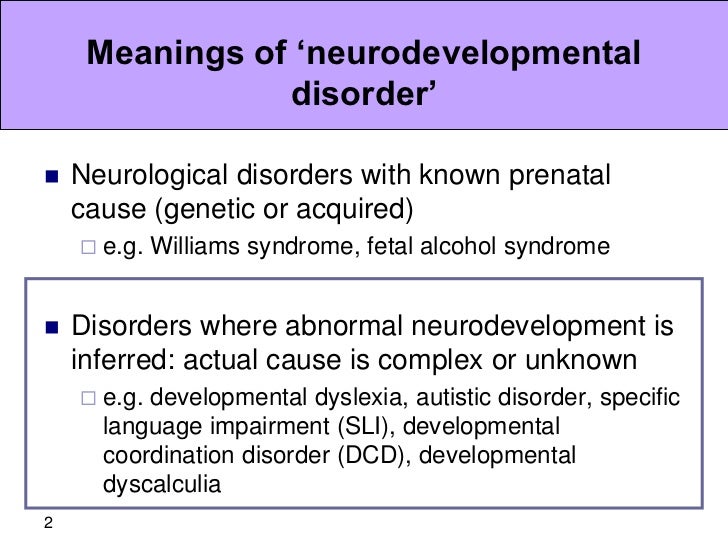
Tables and graphs do not make it easier, but even more difficult to analyze digital data. In everyday life, patients find it difficult to determine the date, they calculate the time poorly and navigate in unfamiliar places, they cannot use maps, they hardly perceive information about the schedule of buses and trains on the corresponding scoreboards.
Diagnosis
Photo: emmaclinic.ru
The diagnosis of dyscalculia is made by a neuropsychologist or psychiatrist on the basis of a neuropsychological examination and a questioning of the child to determine the level of mathematical representations. When studying the anamnesis, the specialist identifies possible provoking factors: organic neurological and mental disorders in the child, dyscalculia in close relatives, unfavorable educational or family environment.
To exclude other causes of learning difficulties, the level of intelligence, memory, attention, emotional-volitional qualities, and speech development are assessed.
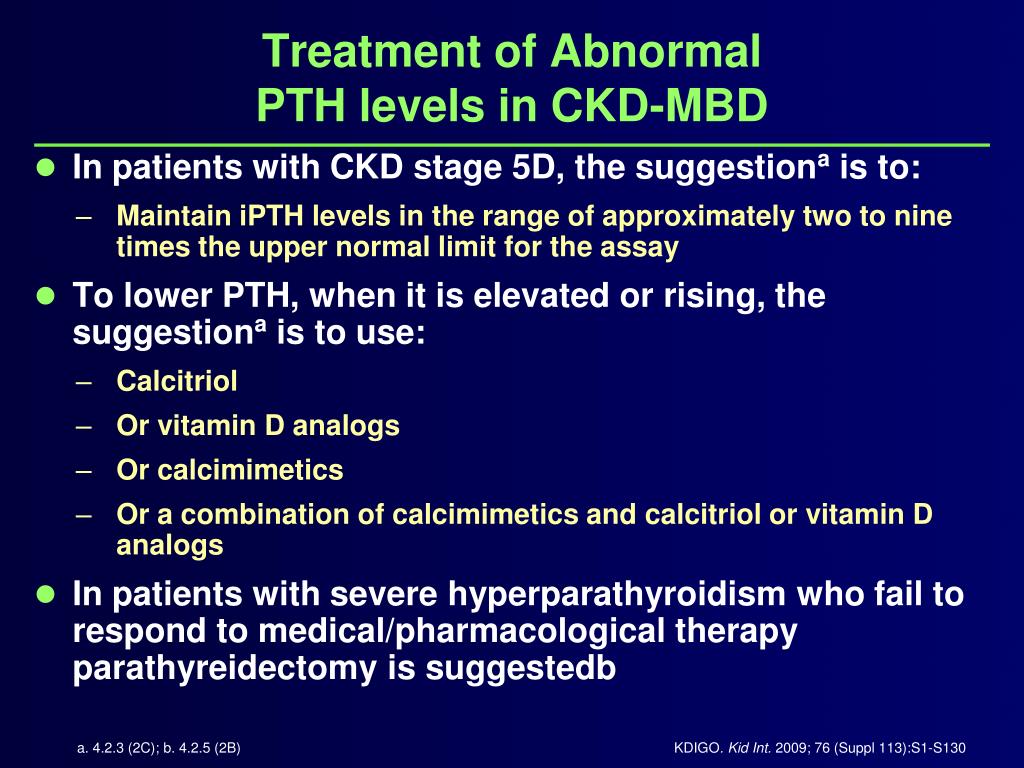 Dyscalculia is differentiated from pedagogical neglect, mental retardation, and other conditions.
Dyscalculia is differentiated from pedagogical neglect, mental retardation, and other conditions. Treatment
Photo: onnispb.ru
Dyscalculia is treated in the course of psychocorrectional work. The training program includes exercises that stimulate the activation of old and the formation of new neural connections in the areas of the brain responsible for counting, perceiving and distinguishing mathematical symbols, and assessing the relationships between objects. The work focuses on the development of the following skills:
- Spatial functions . Children are taught to navigate in space, to recognize concepts related to size and direction, to determine where the left and right side are. During the exercises, patients establish relationships between real objects and images of objects, learn the location and direction of movement of objects.
- Speech . At the initial stage, children are taught basic mathematical terms and concepts related to arithmetic operations.
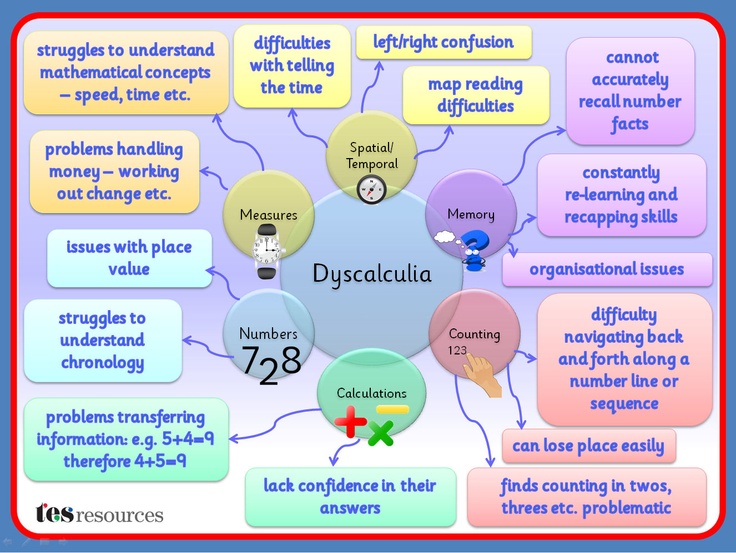 Then they move on to exercises on the classification of objects, the study of counting, the free use of numbers in conversation.
Then they move on to exercises on the classification of objects, the study of counting, the free use of numbers in conversation. - Fundamentals of arithmetic . Students master the basic mathematical operations, learn to reproduce them in various modalities: in oral speech, in the process of writing, when using objects. The specialist helps them master all stages of the solution, from understanding the meaning of the problem to choosing the calculation logic and its practical implementation. The division of the whole into parts and its reassembly from elements is studied. The skill of writing numbers and other mathematical symbols is fixed.
Medications
Medications are not an essential part of correcting dyscalculia. With an organic genesis of the disorder, the child may additionally be prescribed drugs from the group of nootropics, vitamins of group B. In psycho-emotional disorders, in some cases, mild sedatives are indicated.
Folk remedies
There are no folk remedies for dyscalculia.
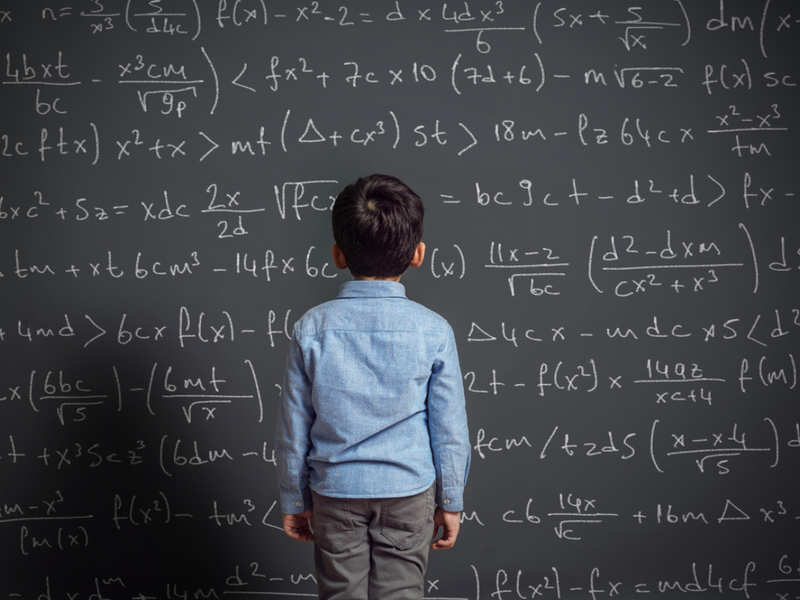 Do-it-yourself homework with young children is possible, helping to prevent the development of mild forms or to mitigate the course of more pronounced disorders. To prevent various types of dyscalculia, the following methods are used:
Do-it-yourself homework with young children is possible, helping to prevent the development of mild forms or to mitigate the course of more pronounced disorders. To prevent various types of dyscalculia, the following methods are used: - Practical gnostic . Solving simple problems with pronunciation of arithmetic operations and the simultaneous use of visual aids: sticks, pencils, fingers.
- Graphic . Fine motor training.
- Verbal . Memorizing the names of numbers and arithmetic operations, repeating the material during the conversation.
- Dyslexic . The study of sizes and shapes, games to recognize numbers and mathematical signs.
- Operational . Memorization and reproduction of the account, the use of mathematical terms during the conversation.
The information is for reference only and is not a guide to action. Do not self-medicate.
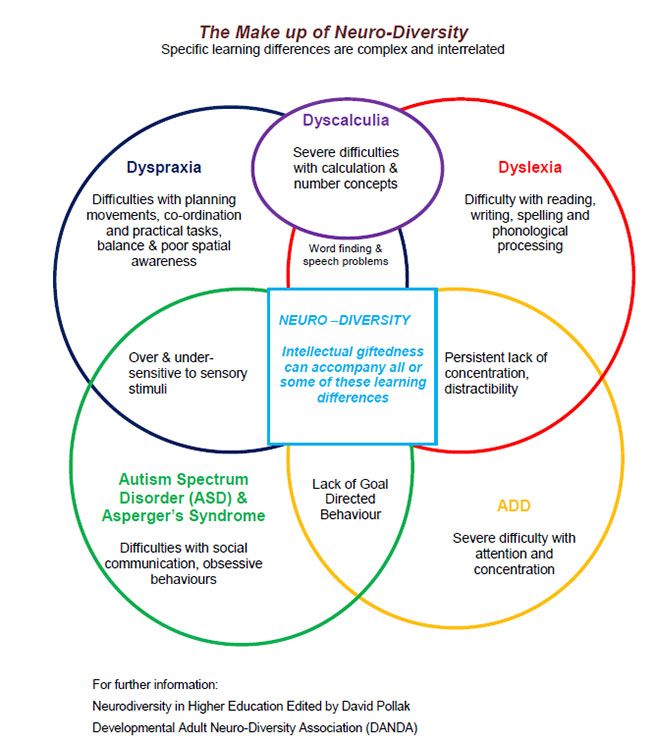 At the first symptoms of the disease, consult a doctor.
At the first symptoms of the disease, consult a doctor. Sources
- Childhood dyscalculia as a systemic learning problem / Ermolova T.V., Ponomareva V.V., Florova N.B.// Modern Foreign Psychology - 2016 - V.5, No. 3.
- Acalculia and dyscalculia in younger schoolchildren: prevention and correction / Salogub E.V. – 2015.
- Speech therapy / ed. Solnechnoy N.G. – 2000.
- Dyscalculia in children: prevention and correction of violations in the acquisition of counting activity / Baryaeva L. - 2013.
Your comments about symptoms and treatment
If you notice a mistake in the text, please highlight it and press Ctrl+Enter
Found error
Treatment, Exercises, Causes, Symptoms, Types, Evaluation and Definition
What is dyscalculia? Dyscalculia: definition
What is dyscalculia? Definition of dyscalculia This is a specific developmental disorder of biological origin associated with the inability to learn arithmetic and mathematical sciences in general.
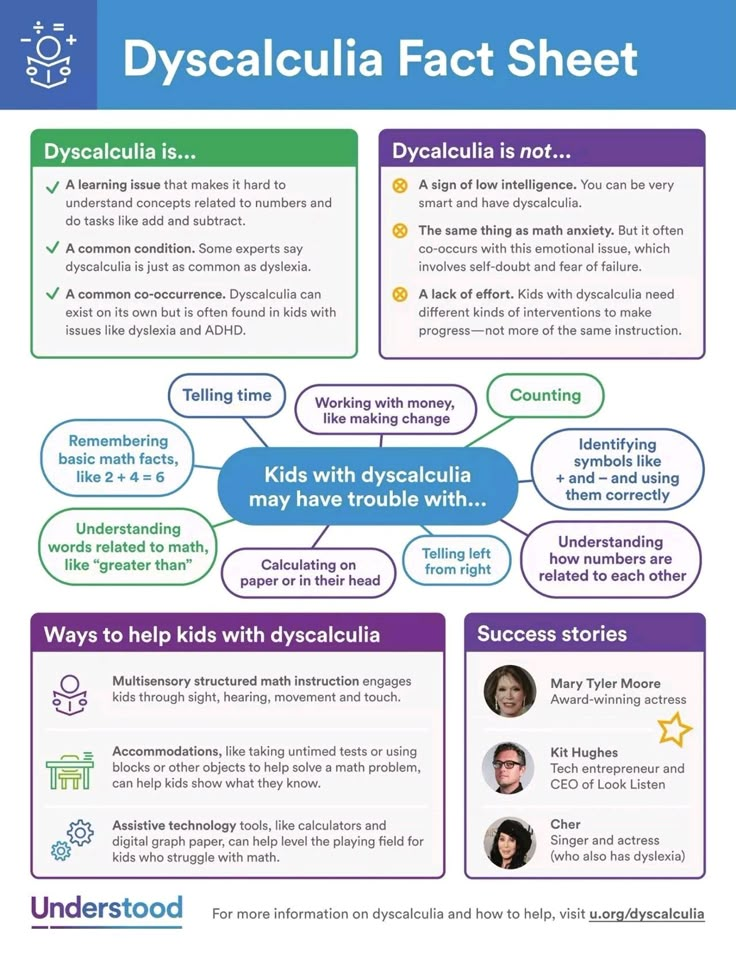 It is often referred to as "mathematical dyslexia". This pathology does not depend on the level of intellectual development of the child or on the applied pedagogical methods. The difficulty lies in the inability to interpret digital symbols and the difficulty in calculations - addition, subtraction, multiplication and division. Child with dyscalculia confuses numbers and signs, cannot count in the mind and work with the abstraction . It is difficult for such children to do lessons and tasks related to mathematical calculations.
It is often referred to as "mathematical dyslexia". This pathology does not depend on the level of intellectual development of the child or on the applied pedagogical methods. The difficulty lies in the inability to interpret digital symbols and the difficulty in calculations - addition, subtraction, multiplication and division. Child with dyscalculia confuses numbers and signs, cannot count in the mind and work with the abstraction . It is difficult for such children to do lessons and tasks related to mathematical calculations. Dyscalculia is a dysfunction of the neural connections that process numerical data , which complicates the work of the areas of the brain responsible for accessing and processing digital information.
Dyscalculia occurs in 3-6% of schoolchildren, in an equal proportion between boys and girls.
How does dyscalculia affect the brain?
Dyscalculia is a neuronal dysfunction in the intraparietal sulcus of the brain .
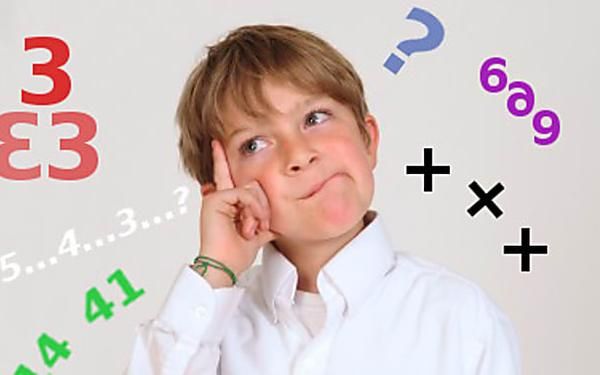 As a result of this dysfunction, cognitive impairment, psychopathology of dyscalculia and insomnia develop in children, the neurobiological mechanisms of which are similar. Dyscalculia is commonly identified with an ability deficit: ADHD psychopathology and regulation of the sleep-wake cycle have similar neurobiological mechanisms.
As a result of this dysfunction, cognitive impairment, psychopathology of dyscalculia and insomnia develop in children, the neurobiological mechanisms of which are similar. Dyscalculia is commonly identified with an ability deficit: ADHD psychopathology and regulation of the sleep-wake cycle have similar neurobiological mechanisms. -
Focused attention (concentration)
: Impairment of this ability is associated with dyslexia. In addition, the structural deficiency of this network of neural connections is also associated with inhibition and negatively affects the child's ability to solve mathematical problems. -
Divided Attention
: This ability is very important as it allows you to keep track of multiple stimuli at the same time. Children with dyscalculia find it difficult to easily respond to a particular stimulus because they cannot focus, are distracted by extraneous stimuli, and get tired quickly. -
Working Memory
: This skill refers to the ability to temporarily retain and manage information while performing complex tasks.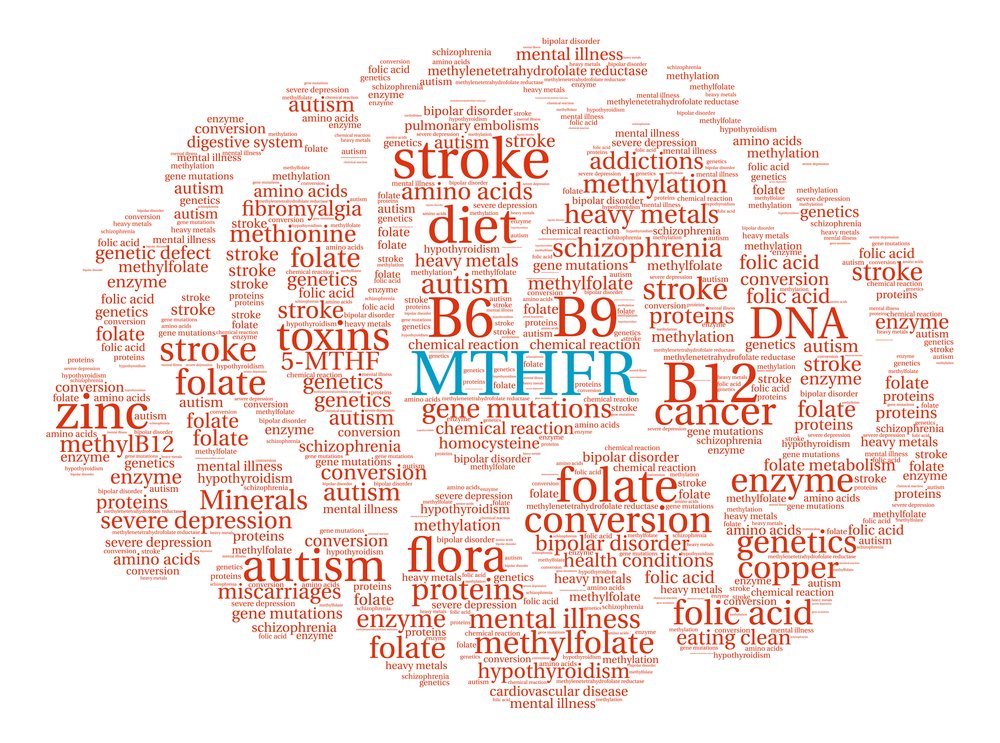 If this ability is impaired, children cannot follow instructions, forget instructions and tasks, are not motivated, constantly distracted, do not remember numbers and cannot count in their minds, etc.
If this ability is impaired, children cannot follow instructions, forget instructions and tasks, are not motivated, constantly distracted, do not remember numbers and cannot count in their minds, etc. -
Short-term memory
: is the ability to retain a small amount of information in the head for a short period of time. Violation of short-term memory makes it impossible to solve mathematical problems and perform calculations and calculations. In addition, such children cannot remember numbers or the multiplication table. -
Memory for names
: the ability to remember a word or number and then use it in the lexicon. Children with dyscalculia have difficulty remembering numbers because their level of information processing and memory for names are underdeveloped. -
Planning
: due to the low level of this cognitive ability, it is difficult for such children to understand the conditions and meaning of a mathematical problem, which is why they cannot solve it correctly.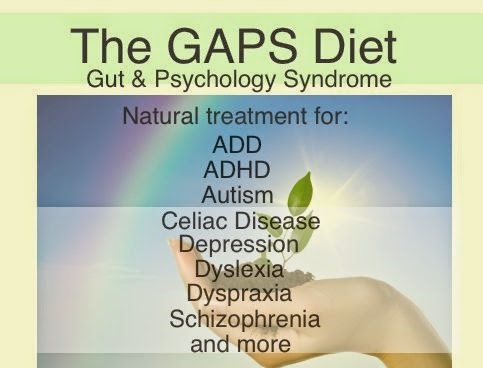
-
Information processing speed
: we are talking about the time that our brain spends on receiving information (number, mathematical operation, task), understanding and solving it. Children without learning disabilities perform this process quickly and automatically, while a dyscalculic child spends more time processing data and stimuli.
Correction of dyscalculia
The most effective intervention for dyscalculia and also for dyslexia, is an early diagnosis . The sooner we identify the problem and give children the tools they need to adapt to learning, the more likely we are to avoid problems with academic failure, low self-esteem, or more serious impairments.
Causes of dyscalculia
What is the cause of dyscalculia? There is a vast amount of research done with neuroimaging techniques. This technique allows you to visualize the work of the brain and central nervous system.
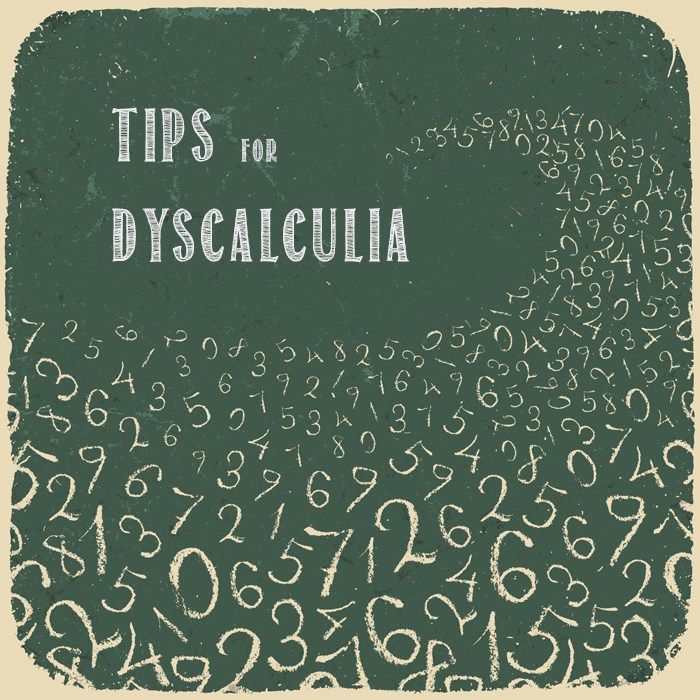 Through these images, it can be seen that the deficit of neuronal connections associated with dyscalculia is mainly observed in the parietal lobe of the brain responsible for processing the numbers . In addition, for correct mathematical or arithmetic calculations, the correct functioning of such regions as the prefrontal cortex, cingulate cortex, posterior temporal lobe and numerous subcortical zones is also important.
Through these images, it can be seen that the deficit of neuronal connections associated with dyscalculia is mainly observed in the parietal lobe of the brain responsible for processing the numbers . In addition, for correct mathematical or arithmetic calculations, the correct functioning of such regions as the prefrontal cortex, cingulate cortex, posterior temporal lobe and numerous subcortical zones is also important. Dyscalculia is a congenital disorder ie. has a genetic component. Usually, one of the parents of a dyscalculic child also has difficulty learning math.
One of the causes of dyscalculia is associated with:
There are also other possible causes associated with dyslexia are neurobiological and brain damage, neurological growth problems, psychomotor disorders, and memory and environmental problems, namely, the abuse of alcohol or drugs by the mother during pregnancy, or the premature birth of a child.
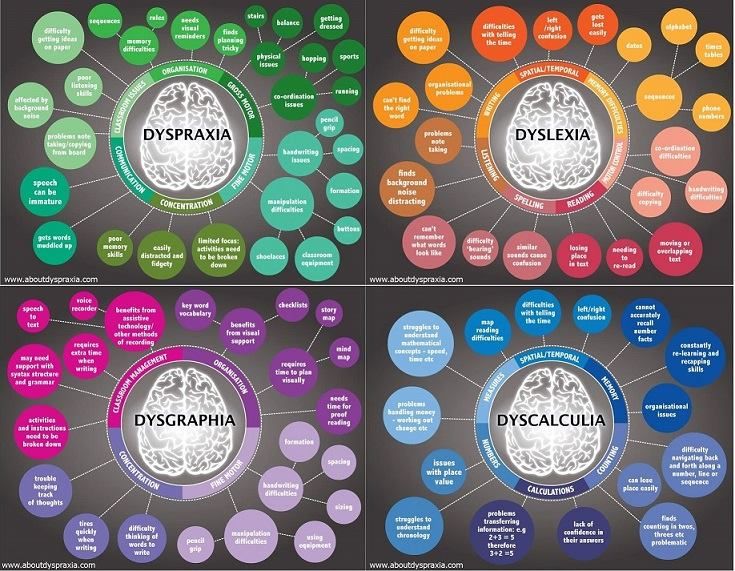
Signs and symptoms of dyscalculia
Dyscalculia is associated with various mathematical difficulties, and their signs and symptoms depend on the child's age. Symptoms may vary and differ from child to child.
Dyscalculia can be detected already in preschool age , when the child begins to develop arithmetic abilities, its symptoms persist into childhood, adolescence and even into adults.
As the child develops, the difficulties become more obvious, but does not have to wait for serious problems to start acting . With dyscalculia, it is important to detect it in time, so both parents and teachers should be on the lookout for difficulties and symptoms that may indicate this disorder.
The sooner we provide these children with the necessary tools to help them adapt to the learning process, the more likely they will be able to optimize their mental resources and strategies for learning.
Symptoms of dyscalculia at preschool age:
- Problems
with learning to count
.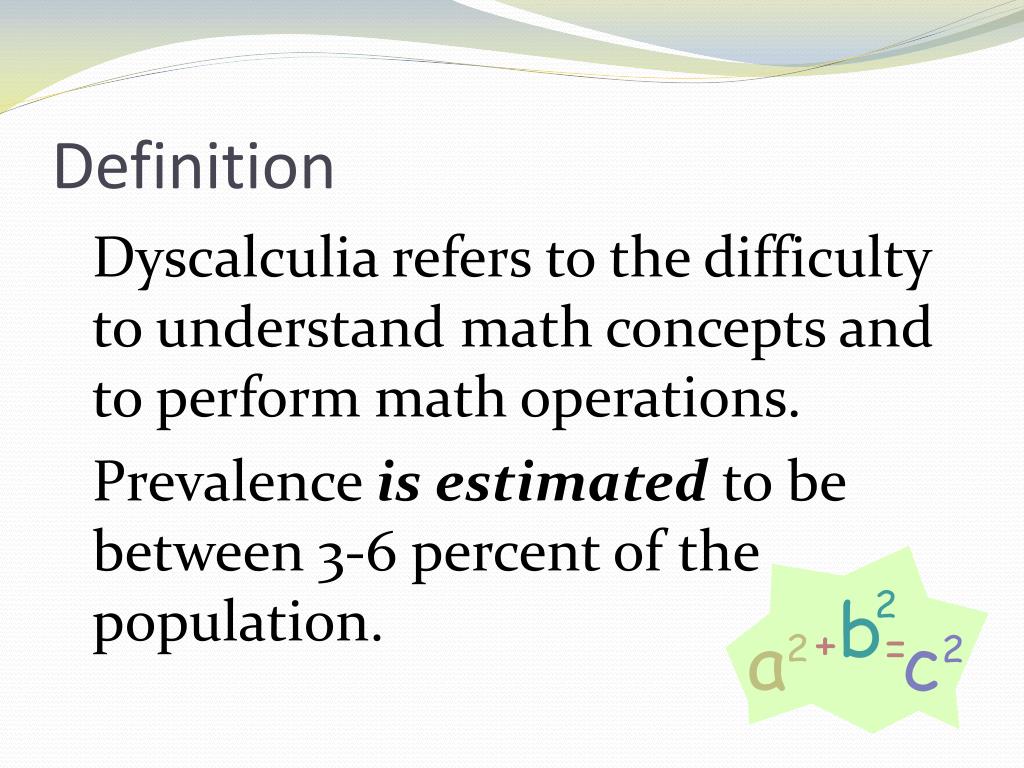
- Problems related to understanding
what numbers are. -
Inability to classify and measure: it is difficult to relate numbers and numbers to a real life situation, for example, to associate the number “2” with the ability to have 2 caramels, 2 books, 2 plates, etc. … -
Numeric character recognition problems , for example, the inability to associate the number "4" with the concept of "four". -
Incorrect spelling of digits while copying or dictating them. -
Mistakes with shapes: confusing, for example, 9 with 6 or 3 with 8. -
Sound errors: confuse numbers that sound similar. For example, "nine" and "ten" -
Problems listing numbers in order: repeats the same number twice or more. - When we ask a child with dyscalculia
to count, for example, from one to five and stop , very often he is not able to determine the limit, having reached five, and therefore continues to count.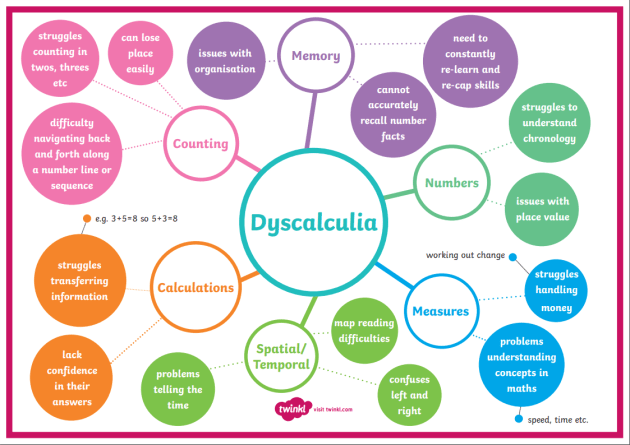
-
Omission: This is a very common problem where one or more digits of the same series are missing. -
Order-related symptoms: Another sign of dyscalculia is that when we ask the child to start counting from 4, for example, he cannot start from that number and lists the whole sequence in a low voice or writes it down. -
They find it difficult to recognize and classify objects according to their size and shape.
Dyscalculia symptoms in elementary school:
-
Arithmetic character recognition problems: such children confuse, for example, the signs "+" and "-", cannot correctly use these and other characters. - Inability to learn or remember
the simplest mathematical structures, for example 1+2=3. - Cannot recognize phrases such as
“greater than” or “less than”
- Often use
fingers for counting.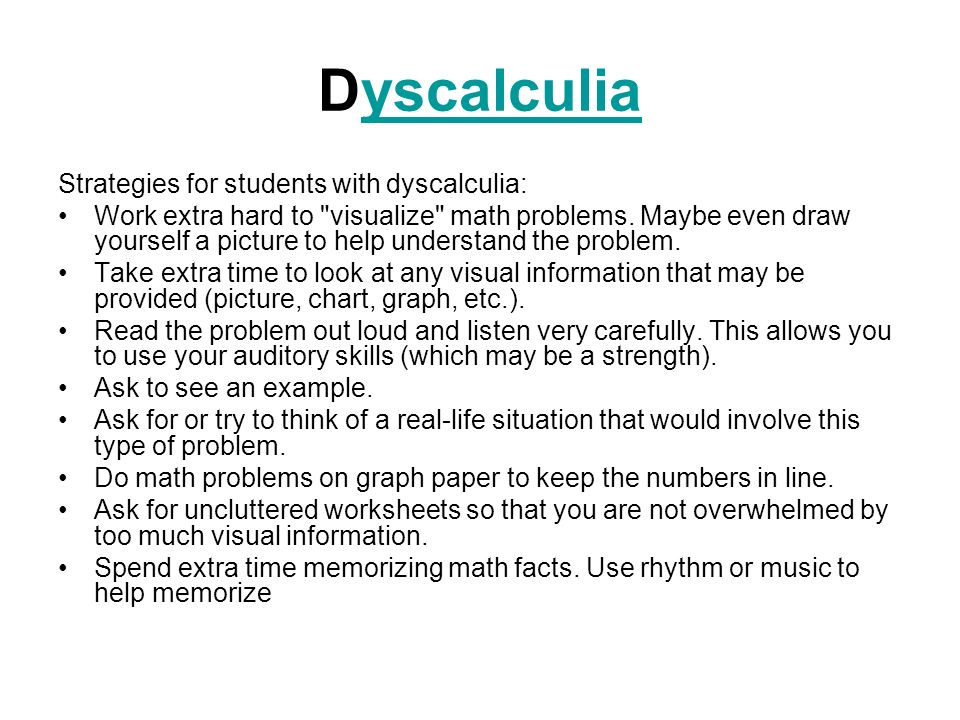
- Difficulty remembering and remembering order or
simple operation rules. Skip steps, do not understand the exercise being performed. - Start
operations in the wrong order. For example, they begin to add and subtract in reverse, from right to left. -
Experiencing problems
matching operations: for example, an addition operation represented horizontally cannot be solved vertically. They also get confused when multiplying by a column and dividing numbers, confusing columns of numbers in places. -
It is also difficult for children with dyscalculia to add and subtract
in columns. This is because the dyscalculic child misunderstands the series of numbers and does not understand what the decimals are. -
Problems with logic and justification: a very common mistake - when the result of added numbers exceeds the sum of these numbers.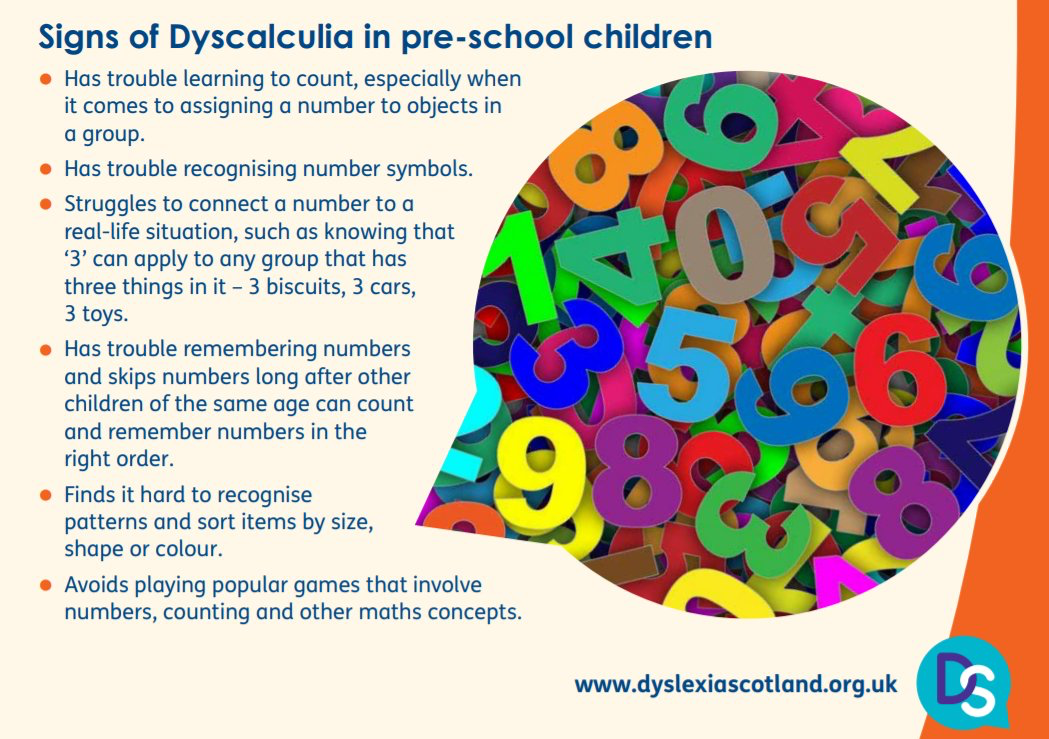
-
Bad mechanical memory: dyscalculi cannot remember and recall the multiplication table, it is very difficult for them to remember even a phone number. -
Difficulties with simple mental calculations. -
Misunderstanding of the problem statement. They do not understand the problem as a whole, cannot keep various data in mind, even if the problem is presented visually using pictures or drawings. -
Symptoms associated with the process of reasoning when solving mathematical problems: It is difficult for them to connect concepts, they cannot distinguish important information from secondary. Have difficulty solving problems that require several steps to achieve a result. -
More general symptoms may also appear , such as not being able to recognize the date and time, often getting lost because they are unable to navigate.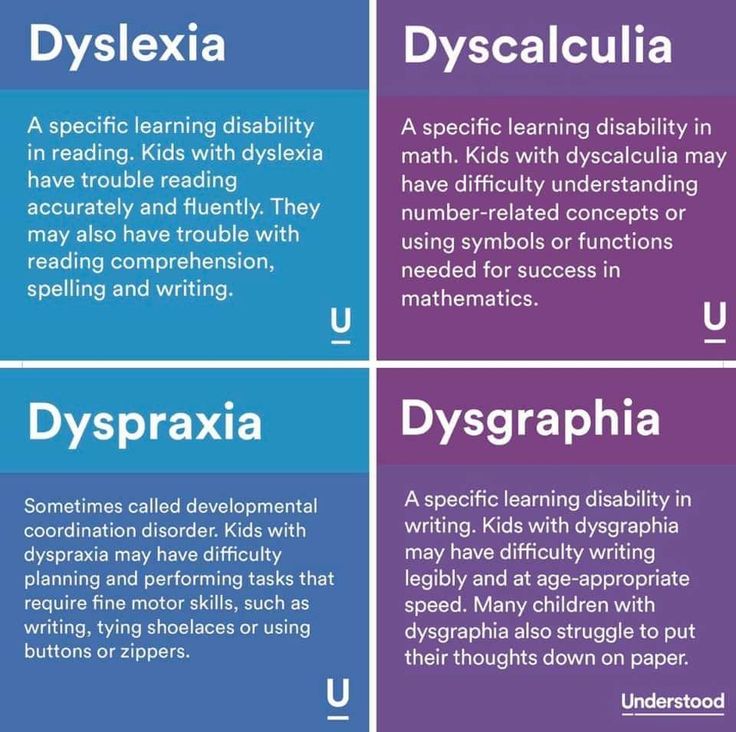
Symptoms of dyscalculia in high school:
-
experience daily difficulties with mathematical calculations , it is difficult for them to calculate expenses, give change, plan budget expenses, etc. - Problems when measuring variables
, for example, if you need to measure 500 g of rice, 250 ml of milk, 1/3 kg of flour… -
Problems with orientation , it is very difficult for them to follow the signs, they often get lost. -
Uncertainty when solving simple math problems and little creativity with numbers. They do not understand how to solve the problem in different ways or using different formulas. - Difficulties with
understanding graphs , numerical tables and even maps. -
They usually drive very badly, because they can't calculate speed and distance.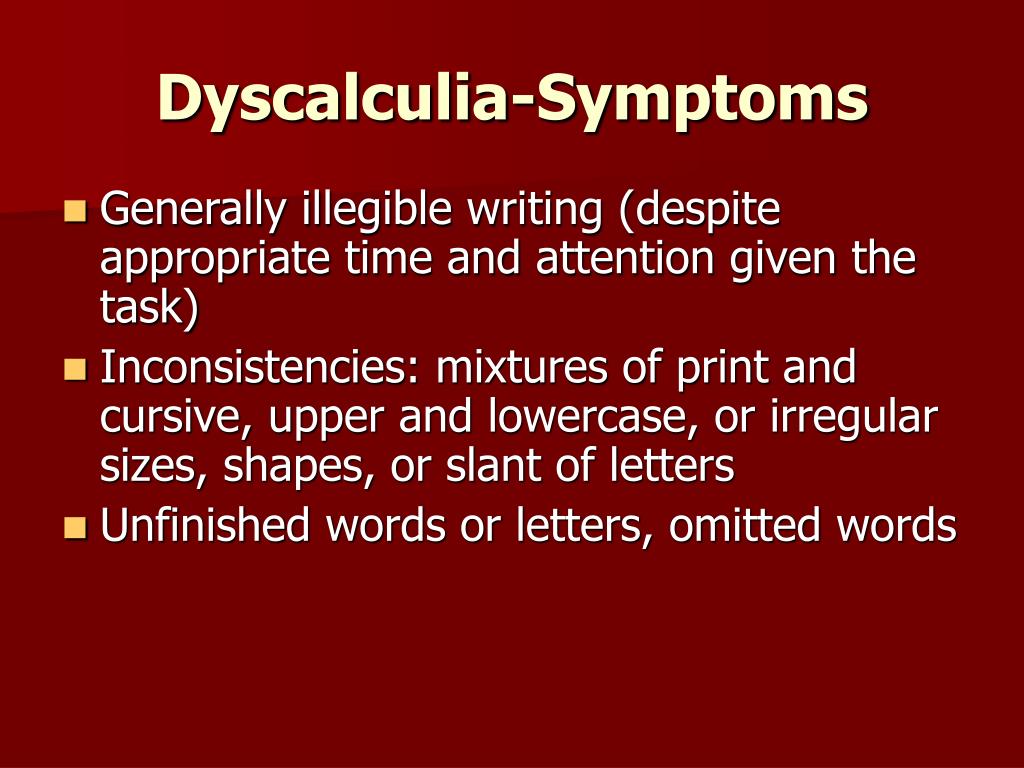
It is important to note that not all children with math problems have dyscalculia, it is important to understand and identify the frequency of these symptoms. In addition, dyscalculia is not always associated with mathematical operations, children with dyscalculia may also experience difficulties in everyday activities and joint games.
Types of dyscalculia
Although the symptoms of dyscalculia often overlap with those of various types of dyslexia, there are five types of dyscalculia that we will discuss below.
-
Verbal dyscalculia
: This type of dyscalculia is characterized by difficulty in naming and understanding verbally presented mathematical concepts. Children can read and write numbers, but do not recognize them by ear. -
Practical gnostic dyscalculia
: This type of dyscalculia is characterized by difficulties in translating abstract mathematical concepts into real ones. Those suffering from this type of dyscalculia are able to understand mathematical categories, but they find it difficult to count, compare objects, and solve mathematical problems.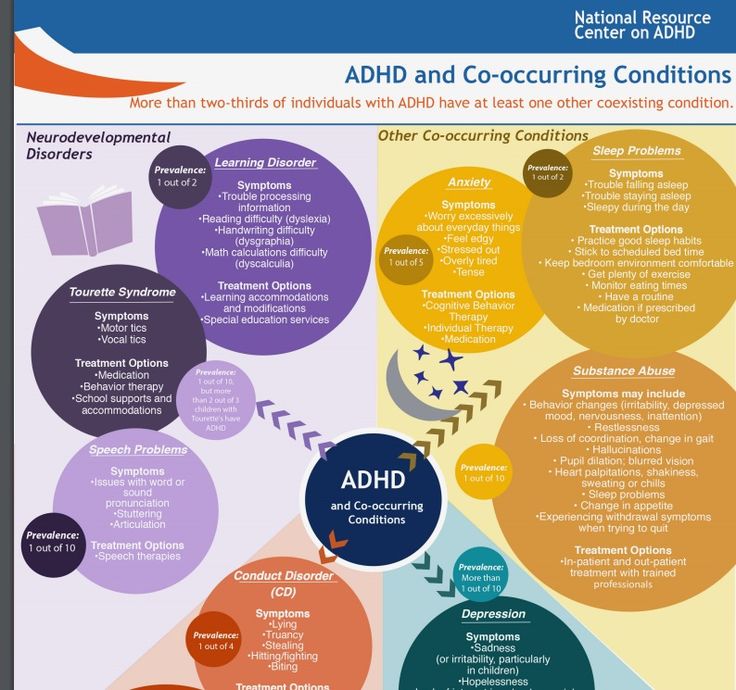
-
Lexical dyscalculia
: Has trouble reading math signs, numbers, and math expressions or equations. A child with this kind of dyscalculia may grasp math-related concepts when they are spoken about, but have difficulty reading and understanding them. -
Graphic dyscalculia
: This is the difficulty in writing mathematical symbols. Children with this type of dyscalculia are able to grasp math concepts, but they may find it difficult to read or write them, and they don't know how to use math signs. -
Ideognostic dyscalculia
: Difficulty in performing mental operations without using numbers to get the final result, and in understanding concepts or ideas related to mathematics or arithmetic. In addition, a child with ideognostic dyscalculia has difficulty remembering mathematical concepts that have already been learned. -
Operational dyscalculia
: This type of dyscalculia is characterized by problems performing arithmetic operations or mathematical calculations, both verbally and in writing.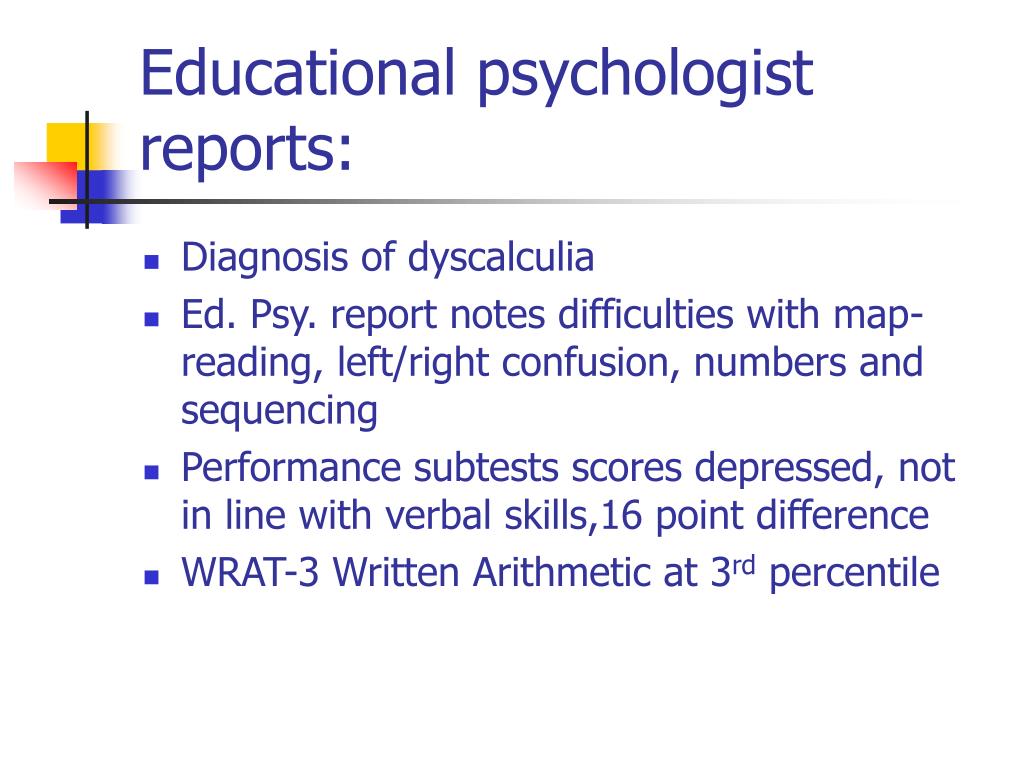 A person suffering from operational dyscalculia can understand numbers and the relationship between them, but it is difficult for him to work with numbers and mathematical signs when counting.
A person suffering from operational dyscalculia can understand numbers and the relationship between them, but it is difficult for him to work with numbers and mathematical signs when counting.
Games and exercises for children with dyscalculia in the family circle.
Diagnosing dyscalculia is not easy, most schools do not have a well-established system for identifying disorders in students and there is no way to help them with the necessary means. Therefore, the responsibility lies primarily with the families themselves, who must be on the alert at the first symptoms of pathology. You must immediately contact a specialist for a diagnosis.
Once the diagnosis is made, it is very important to motivate children and show them that they have abilities in other areas, and that patience and hard work will help them to succeed. Therefore, it is very important to study with them at home, to visually explain mathematical problems to schoolchildren and give them time to understand them.
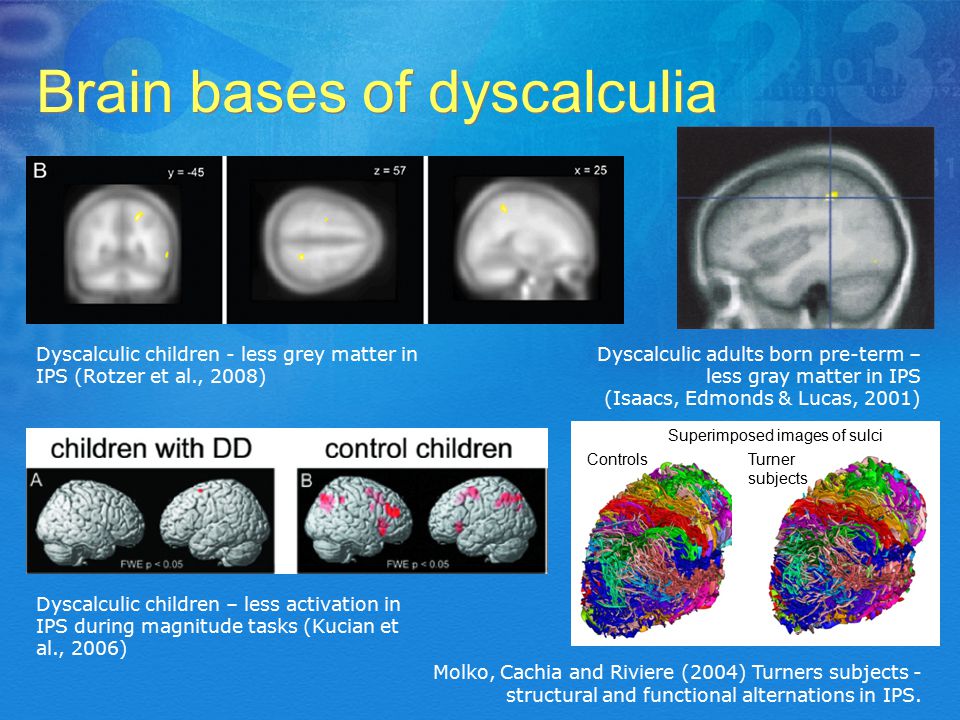 We offer you several0044 fun games and activities at home that can help children with dyscalculia :
We offer you several0044 fun games and activities at home that can help children with dyscalculia : -
Cooking Together
: Study with your child the recipe for the dish you are going to cook and ask him to prepare the necessary ingredients. For example, we need 1/5 kg of lentils, 3 carrots, 3 onions, 6 pieces of sausage. Cut vegetables into 5 pieces, etc. -
Play with the clock
: Ask the child to tell you a certain time, praise him, tell him that he is an adult and responsible, reward the child. -
Go to the supermarket together
: Let him help you with your shopping, play a game with him - let him guess how much and what products you are going to buy, let him put the products in the basket. -
Discuss prices with your child
: If we want to save money, what yogurts will we buy? Those that cost 1.00€ or 1.30€? Celebrate a successful purchase by praising your child for helping out. -
Play "guess the pile"
: Make piles of stones, vegetables or coins and try to guess which one is bigger or smaller.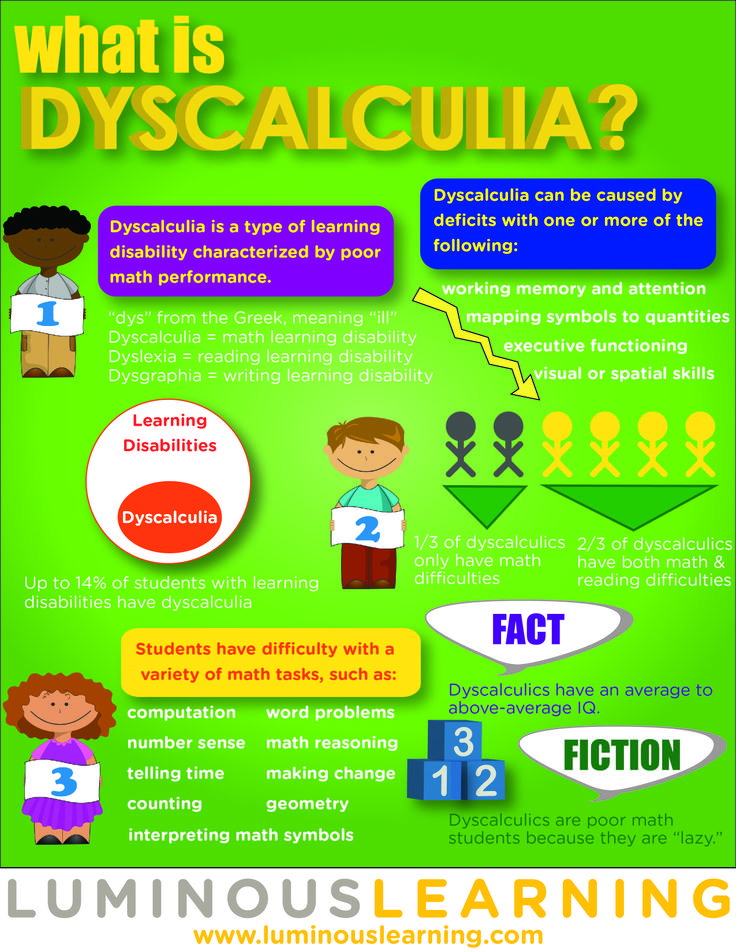 You can also guess how many stones or coins are in the "pile". Guess together - the one who names close to the correct number wins.
You can also guess how many stones or coins are in the "pile". Guess together - the one who names close to the correct number wins. -
Play by counting
: Count, for example, all the red cars you meet on your way, or the people in white shoes, the steps or stairs you climb, etc. -
Find the numbers
: While you are walking, play number games with your child, for example, ask him to find the number 7 among house numbers, car license plates, etc. -
Play phone numbers
: For example, tell your child that you need to call your grandmother and ask him to remember the first three digits of her phone, and remember the rest yourself. Call together, and if the child correctly named the numbers, celebrate it. -
Ask your child to help you distribute the amount of something
: How to divide a cake into 4 equal parts for four family members? -
Play around setting the table
: Place and distribute plates, cutlery, glasses, napkins, bread, etc.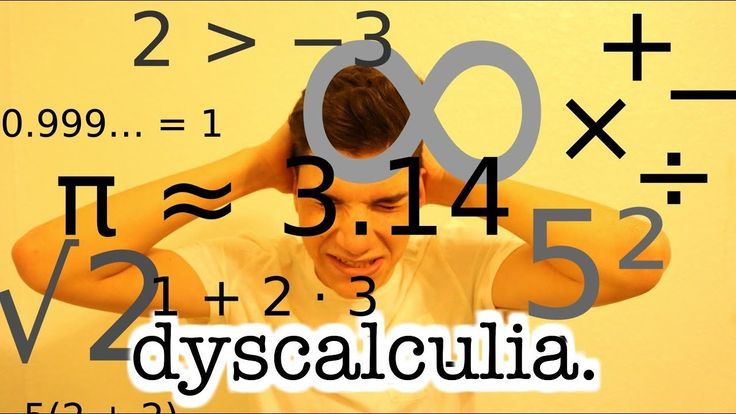 on the table. So that the child understands that everyone needs a complete set.
on the table. So that the child understands that everyone needs a complete set. -
Play in the store
: Imagine that the child is a shop assistant. He needs to choose the things in the house that he wants to sell you and set the price, as well as write it on the price tag. You are a buyer. This is a very useful game with which you can repeat numbers, addition, subtraction with your child. You can even use money. This is a very fun approach to have fun with family and learn while playing.
Dyscalculia has a lot in common with dyslexia, both of which are genetic and are associated with cognitive impairments that cause difficulty learning to read and do arithmetic.
Sources
- Von Aster, M. G., & Shalev, R. S. (2007). Number development and developmental dyscalculia. Developmental Medicine & Child Neurology, 49(11), 868-873.
- Myers, T., Carey, E., & Szűcs, D. (2017). Cognitive and Neural Correlates of Mathematical Giftedness in Adults and Children: A Review.
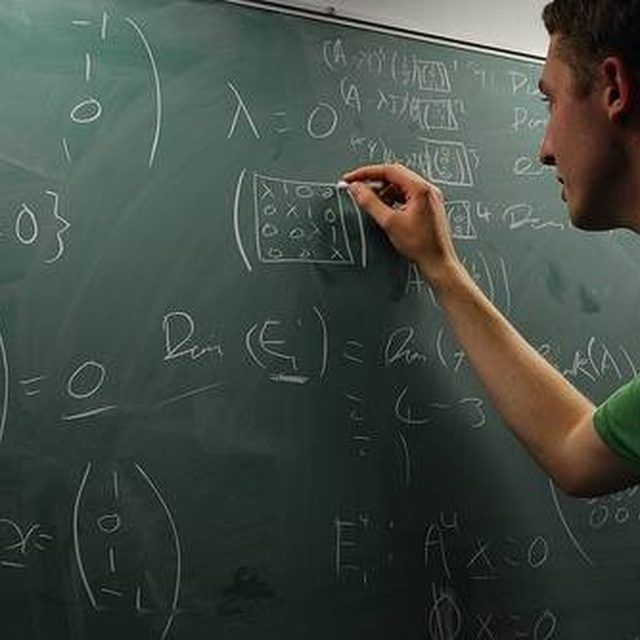 Frontiers in Psychology, 8, 1-17.
Frontiers in Psychology, 8, 1-17. - Kaufmann, L., & Aster, M. von. (2012). The Diagnosis and Management of Dyscalculia. Deutsches Airzteblatt Online, 767-778.
- Wang, L.-C., Tasi, H.-J., & Yang, H.-M. (2012). Cognitive inhibition in students with and without dyslexia and dyscalculia. Research in Developmental Disabilities, 33(5), 1453-1461.
- Ashkenazi, S., Rubinsten, O., & Henik, A. (2009). Attention, automaticity, and developmental dyscalculia. Neuropsychology, 23(4), 535-540.
- Zhang, H., & Wu, H. (2011). Inhibitory ability of children with developmental dyscalculia. Journal of Huazhong University of Science and Technology [Medical Sciences], 31(1), 131-136.
- Ardila, A., & Rosselli, M. (2019). Cognitive Rehabilitation of Acquired Calculation Disturbances. Behavioral Neurology, 2019, 1-6.
- Peters, L., Bulthé, J., Daniels, N., Op de Beeck, H., & De Smedt, B. (2018). Dyscalculia and dyslexia: Different behavioral, yet similar brain activity profiles during arithmetic.

Learn more





